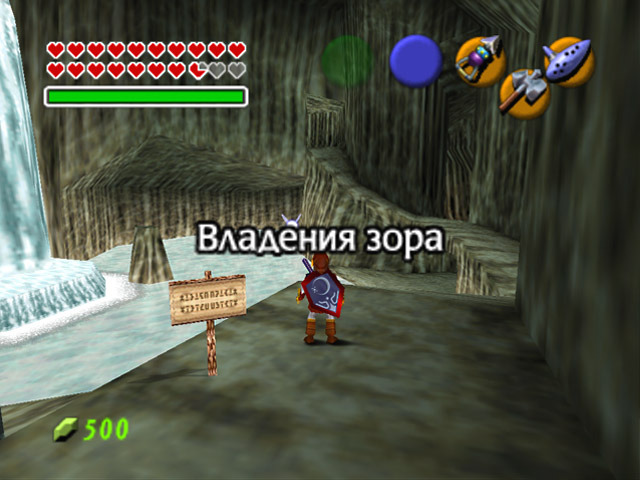
How do you know what format a texture is?Ī. Save the file, run the game, and enjoy your beautiful new shield! raw file for the new texture, copy the file data, and paste-write it at this offset with Ctrl-B.

If you don't find it, then you probably messed up in the conversion step and should go back and retry (if you're trying to replace a different texture, it may also be that you're converting to the wrong format)įor this tutorial, the offset should be 0xF5E400. Make sure that the data type is set to 'Hex-values' and not 'Text-string'. raw file for the original texture and search for it in HxD. raw file for the original texture in a hex editor.Ĭopy the entire. For this tutorial, I'll be using this texture:

Repeat Step 3 with the shield texture you'll be replacing the original with. Uncheck 'RLE Compression' and then click 'Export'. Change the extension of the filename at the top to '.tga' and hit enter. If it is grayed out, that's ok, that just means the image already has an alpha channel. Go to 'Layer->Transparency->Add Alpha Channel'. Go to 'Image->Mode' and make sure 'RGB' is selected. It should be called 'THE LEGEND OF ZELDA#03F326D0#0#2_all'. Look for the shield texture in the 'png_all' folder. Inside of it is another folder called "THE LEGEND OF ZELDA" This is where the emulator extracted the textures. You should see that there's now a 'texture_dump' folder. Go ahead and enter the game like your going to play it, and once you can control Link, close the emulator. Run the game, and once it loads up, go to 'Options->Configure Graphics Plugin.'Ĭheck the box for 'Dump Textures to files' and click 'OK' Open the emulator, go to 'Options->Settings.', and change 'Video (graphics) plugin' to 'Rice's Video Plugin 6.1.1 beta 10'. Place the RiceVideo plugin in your './Plugin/GFX' folder For the sake of simplicity, I'll be focusing on replacing the texture for Link's shield in the OoT debug rom in this tutorial. On this tutorial, I'll be showing you how to do a texture replacement using my tga2*** utilities.

An emulator (in this tutorial, I'll be using PJ64 v1.7).


 0 kommentar(er)
0 kommentar(er)
